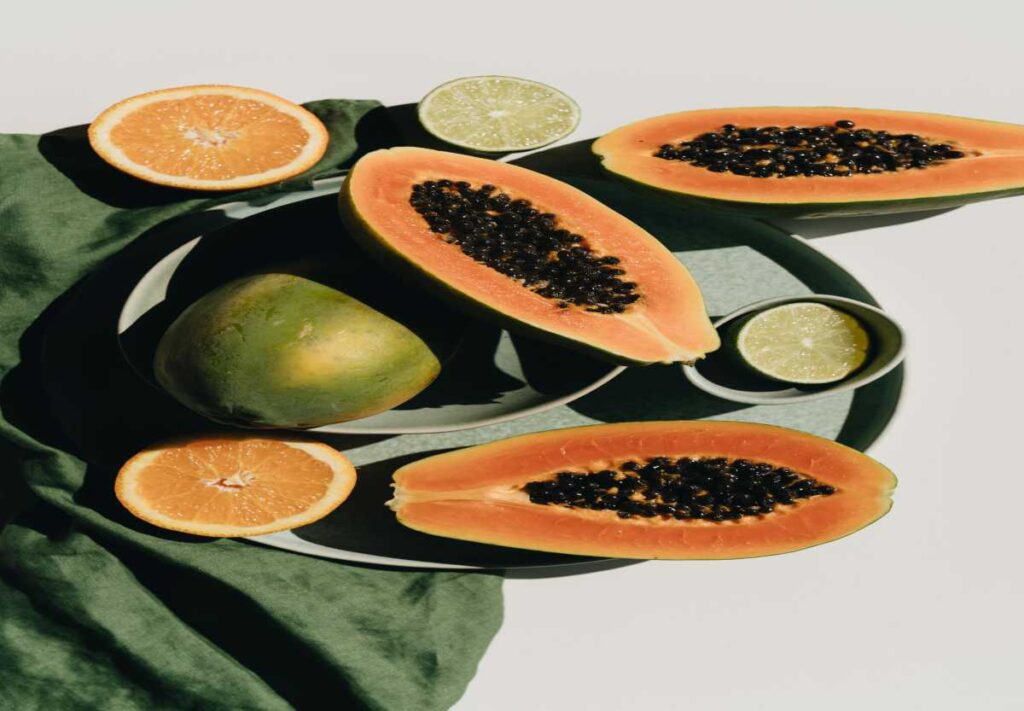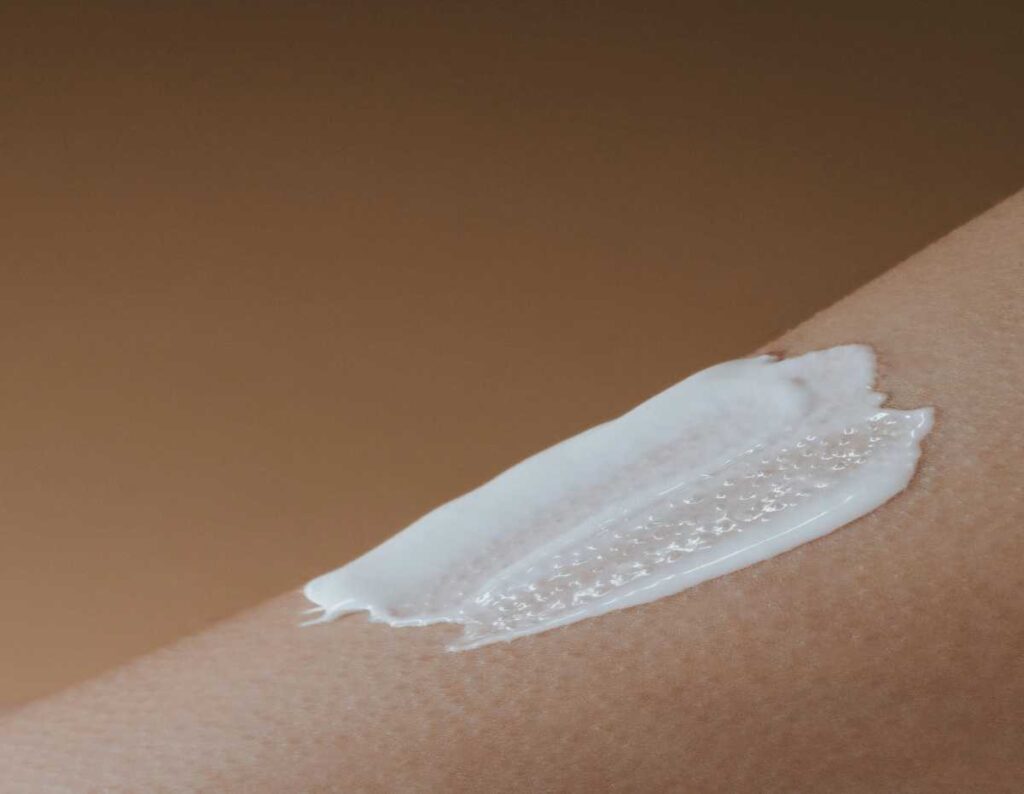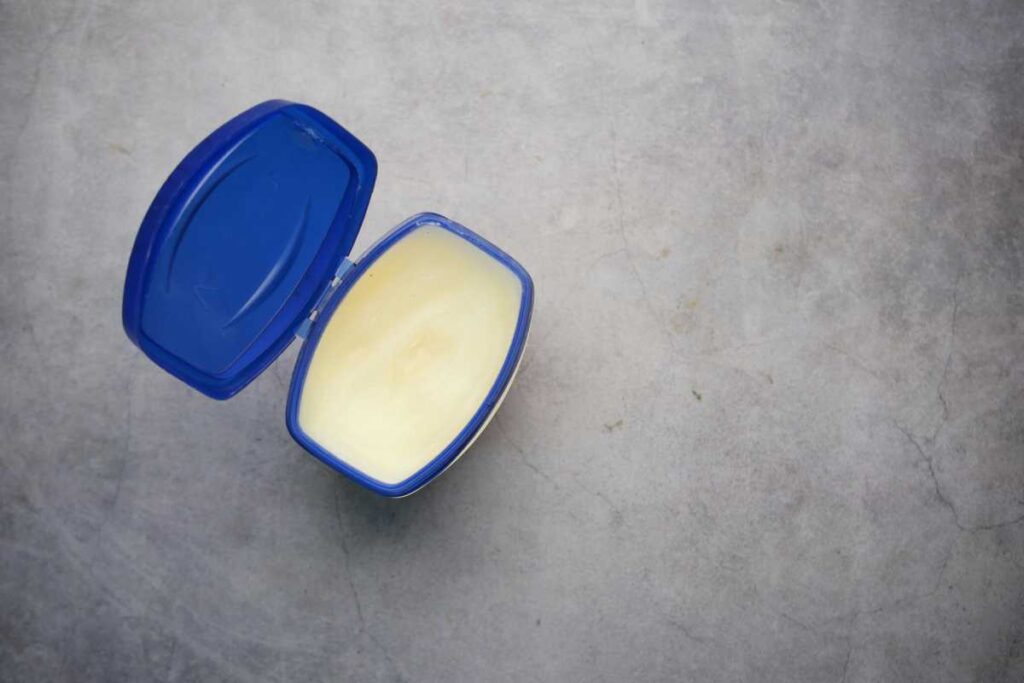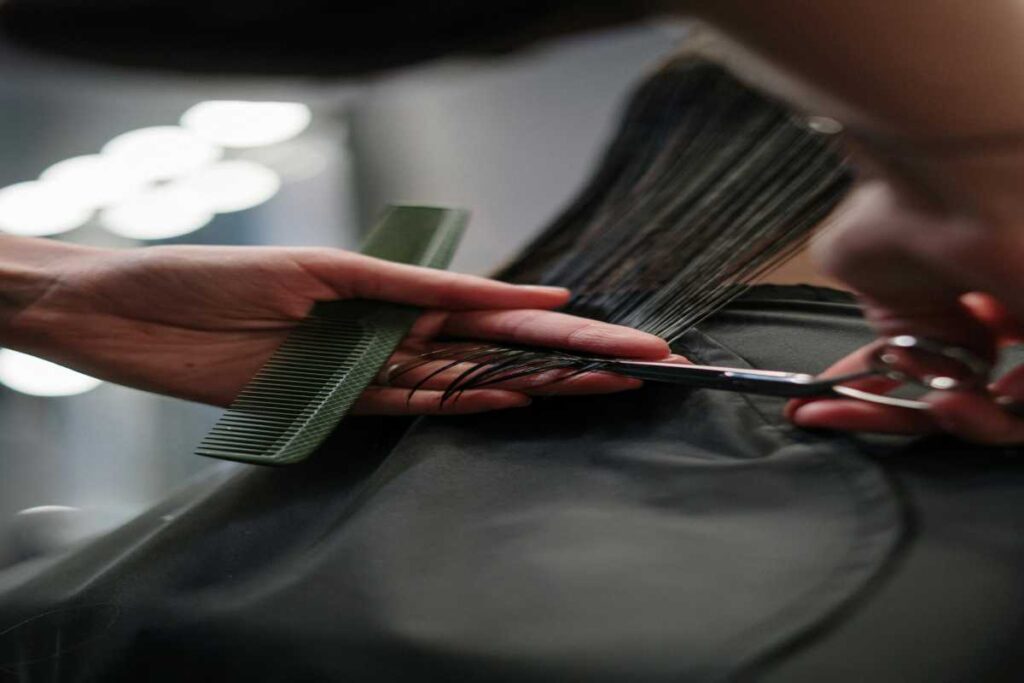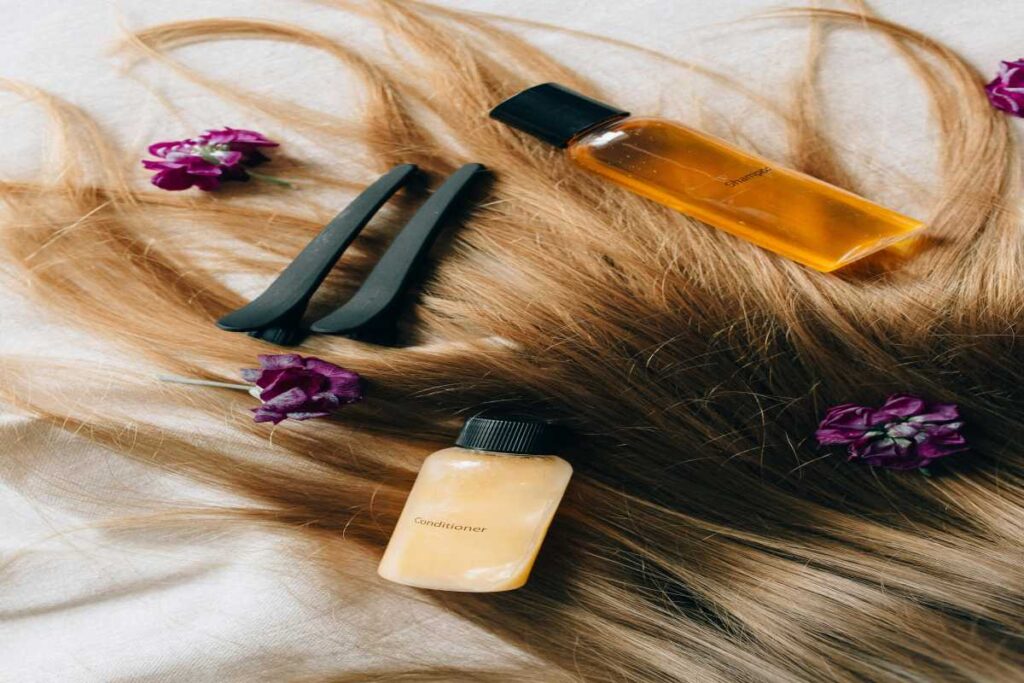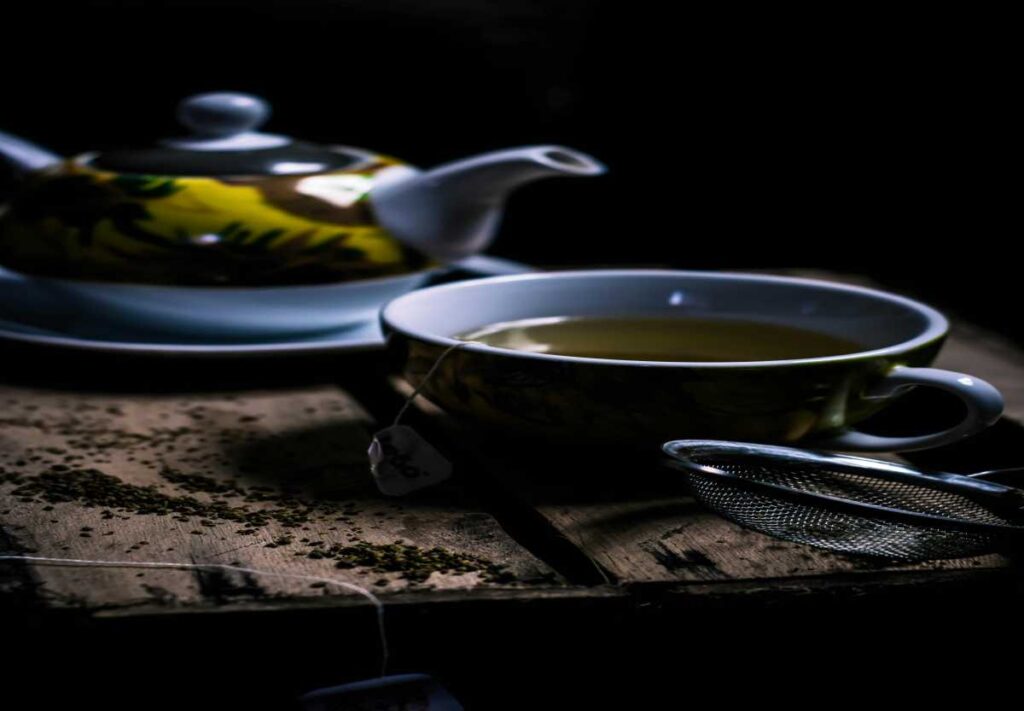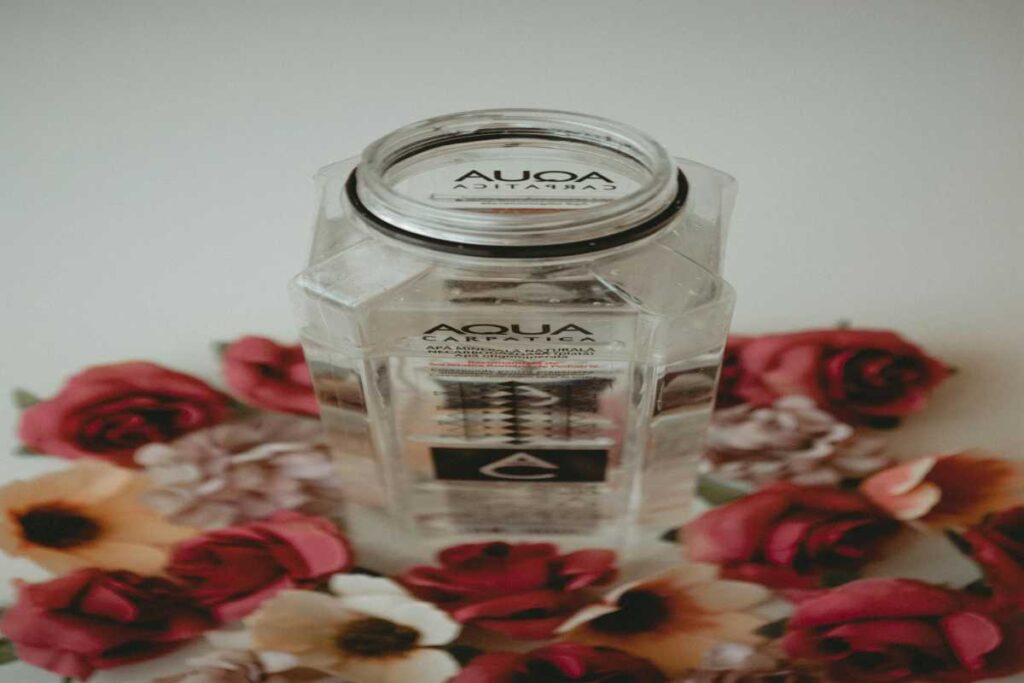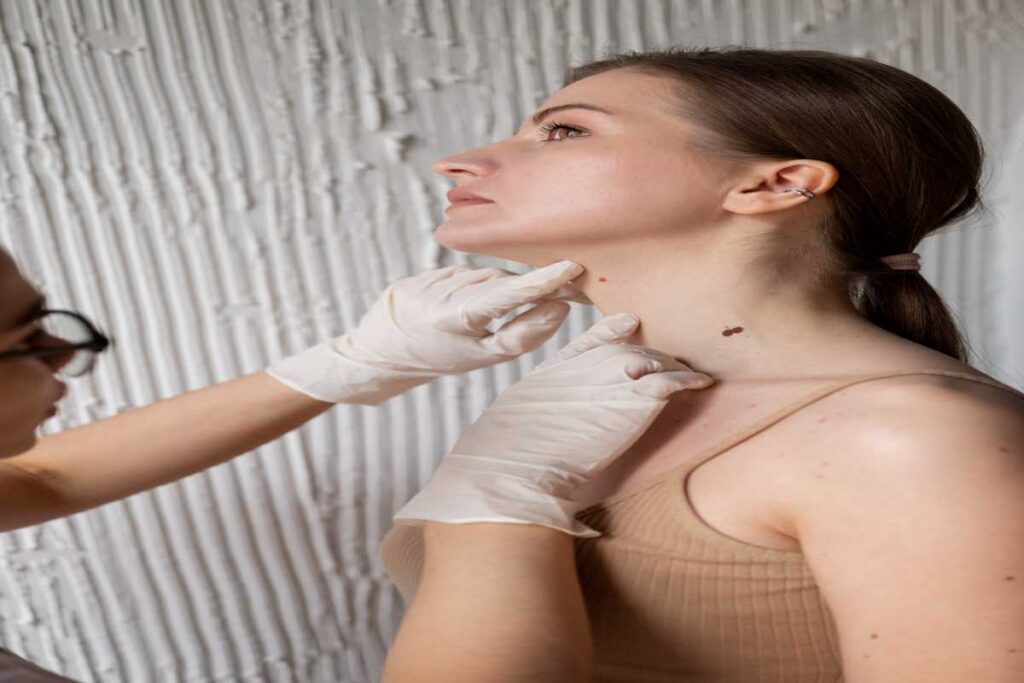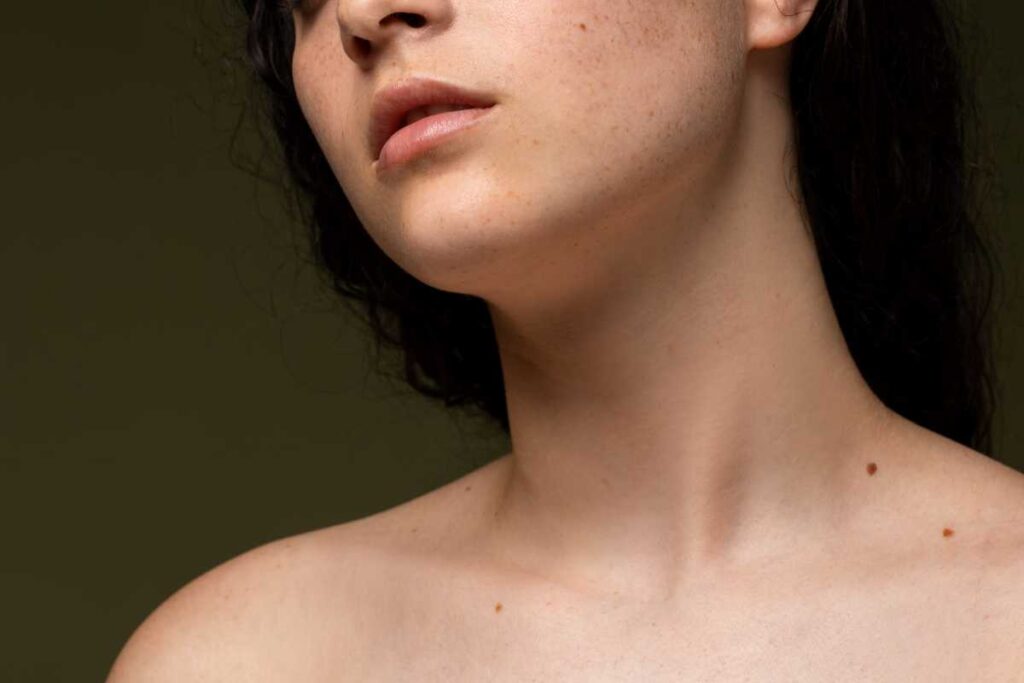Honey has long been revered for its numerous health benefits, but did you know that it’s also an incredible natural remedy for oily skin? Packed with antioxidants, antibacterial properties, and humectants, honey can help balance oil production, fight acne, and moisturize the skin without making it greasy. Whether you’re looking to hydrate your skin, clear up breakouts, or just maintain a healthy glow, honey is a versatile and effective ingredient for oily skin care.
In this blog, we’ll explore the 13 best ways to use honey for oily skin, so you can reap the full benefits of this natural wonder.
1. Honey as a Moisturizer
Despite being a natural humectant (which draws moisture into the skin), honey doesn’t leave the skin feeling oily. For oily skin, honey can be a perfect moisturizer, providing hydration without clogging pores.
How to Use:
- After cleansing your face, apply a thin layer of honey directly onto your skin.
- Leave it on for 10-15 minutes and then rinse it off with lukewarm water.
Why It Works: Honey helps maintain the skin’s moisture balance and prevents the overproduction of oil that can lead to clogged pores.
2. Honey and Lemon for Acne-Prone Skin
Lemon juice is known for its antibacterial and astringent properties, which makes it an excellent companion for honey when combating acne. This combination can help fight breakouts and control the oil production that causes them.
How to Use:
- Mix one tablespoon of honey with half a tablespoon of freshly squeezed lemon juice.
- Apply the mixture to your face and leave it on for 10-15 minutes before rinsing with warm water.
Why It Works: Honey’s antibacterial properties combined with lemon’s ability to tighten pores help reduce acne-causing bacteria and control oil.
3. Honey and Cinnamon Mask for Acne
Cinnamon has antifungal and antibacterial properties, making it a powerful ingredient for treating acne. When combined with honey, this duo becomes a potent solution for oily skin prone to breakouts.
How to Use:
- Mix 2 tablespoons of honey with 1 teaspoon of cinnamon powder.
- Apply the mixture to the affected areas and leave it on for 15-20 minutes before rinsing off.
Why It Works: Cinnamon enhances honey’s acne-fighting properties, helping to reduce inflammation and control oil, while honey provides soothing moisture.
4. Honey and Aloe Vera Gel for Soothing
If you suffer from oily skin with occasional irritation or inflammation, honey and aloe vera gel can help soothe your skin while providing deep hydration. Aloe vera helps calm inflamed skin, while honey keeps it moisturized.
How to Use:
- Mix one tablespoon of honey with one tablespoon of aloe vera gel.
- Apply the mixture to your face, leave it on for 10-15 minutes, and rinse off with warm water.
Why It Works: Aloe vera has soothing properties that help with irritation, while honey hydrates and maintains oil balance.
5. Honey and Tea Tree Oil for Acne Treatment
Tea tree oil is widely known for its antibacterial and antiseptic properties, making it effective for treating acne. When paired with honey, it helps to not only combat acne but also prevent future breakouts by regulating oil production.
How to Use:
- Mix 1 tablespoon of honey with 3-4 drops of tea tree oil.
- Apply to acne-prone areas and leave it on for 10-15 minutes before rinsing with lukewarm water.
Why It Works: Tea tree oil is an effective acne treatment, and honey helps keep the skin hydrated while reducing excess oil.
6. Honey and Yogurt Face Mask for Oil Control
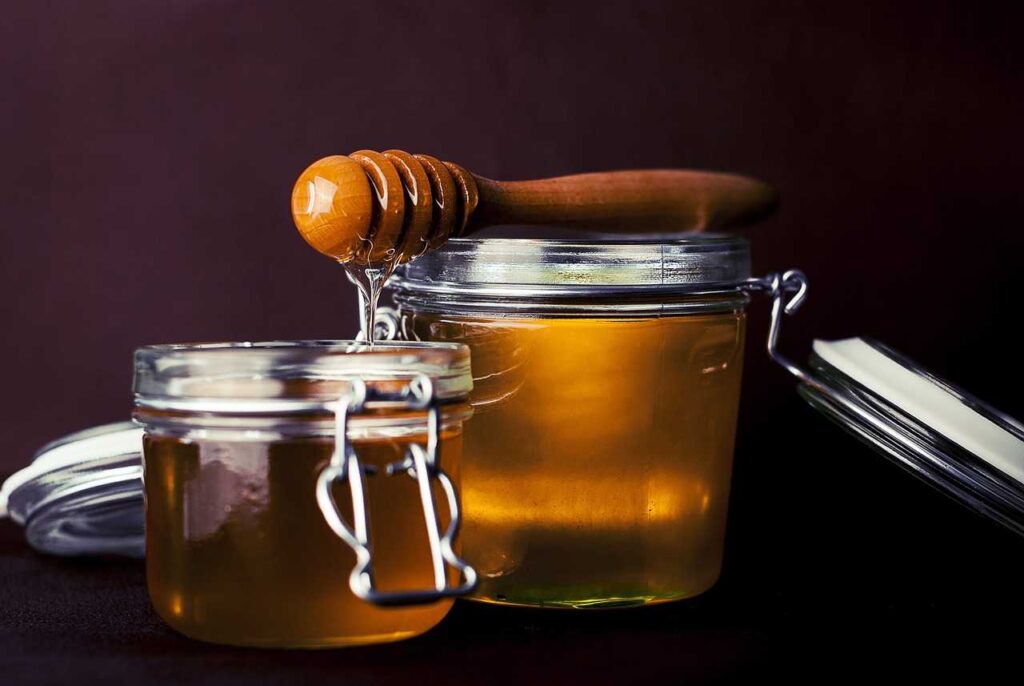
Yogurt is rich in probiotics and lactic acid, which help cleanse the skin and remove excess oil. Combined with honey, yogurt makes a soothing mask that balances oily skin while providing nourishment.
How to Use:
- Mix 2 tablespoons of plain yogurt with 1 tablespoon of honey.
- Apply the mixture to your face, leave it on for 10-15 minutes, and rinse off with lukewarm water.
Why It Works: Yogurt gently exfoliates the skin and helps remove dead skin cells, while honey provides deep hydration without making the skin greasy.
7. Honey and Oatmeal Scrub for Exfoliation
Oatmeal acts as a gentle exfoliator, and when paired with honey, it can help cleanse your skin, remove dead skin cells, and prevent clogged pores — all while keeping your skin hydrated.
How to Use:
- Mix 1 tablespoon of honey with 1 tablespoon of ground oatmeal.
- Gently scrub the mixture on your face in circular motions for 1-2 minutes, then rinse off with lukewarm water.
Why It Works: Oatmeal helps exfoliate the skin without irritating it, while honey works to lock in moisture and balance oil production.
8. Honey and Green Tea for Oil Control
Green tea is rich in antioxidants and has anti-inflammatory properties, making it great for oily skin that’s prone to acne. When mixed with honey, green tea can help control oil while soothing the skin.
How to Use:
- Brew a cup of green tea and allow it to cool.
- Mix 1 tablespoon of honey with the cooled green tea and apply it to your face.
- Leave it on for 10-15 minutes before rinsing.
Why It Works: Green tea helps reduce excess oil and inflammation, while honey hydrates the skin without causing breakouts.
9. Honey and Turmeric for Brightening
Turmeric is known for its anti-inflammatory and skin-brightening properties. Combined with honey, this mask can help reduce dark spots, control oil, and promote a more even skin tone.
How to Use:
- Mix 1 tablespoon of honey with a pinch of turmeric.
- Apply the mixture to your face, leave it on for 10-15 minutes, and rinse off with warm water.
Why It Works: Turmeric brightens and evens out the complexion, while honey keeps your skin moisturized and helps prevent excess oil production.
10. Honey and Apple Cider Vinegar for Toning
Apple cider vinegar (ACV) is known for its astringent properties that help tighten pores and balance the skin’s pH. When combined with honey, it provides hydration while helping to control oil production and fight acne.
How to Use:
- Mix 1 tablespoon of honey with 1 tablespoon of apple cider vinegar and 2 tablespoons of water.
- Apply the mixture to your face with a cotton ball, leave it on for 5-10 minutes, then rinse with lukewarm water.
Why It Works: ACV helps regulate oil production and balances the skin’s pH, while honey hydrates and soothes the skin.
11. Honey and Banana Face Mask for Nourishing
Bananas are rich in vitamins and antioxidants that help nourish the skin. When mixed with honey, it provides a deep moisturizing mask that helps restore skin health without making it oily.
How to Use:
- Mash half a ripe banana and mix it with 1 tablespoon of honey.
- Apply the mask to your face, leave it on for 10-15 minutes, and rinse with lukewarm water.
Why It Works: Bananas hydrate and nourish the skin, while honey locks in moisture without clogging pores.
12. Honey and Cucumber for Cooling
Cucumber is known for its cooling and soothing properties, making it ideal for calming irritated, oily skin. Paired with honey, it provides a refreshing and hydrating face mask that balances oil production and reduces inflammation.
How to Use:
- Puree half a cucumber and mix it with 1 tablespoon of honey.
- Apply the mixture to your face, leave it on for 10-15 minutes, and rinse off with warm water.
Why It Works: Cucumber hydrates and calms the skin, while honey helps balance oil levels and keeps the skin moisturized.
13. Honey and Avocado for Deep Hydration
Avocado is rich in healthy fats and vitamins that nourish the skin. When mixed with honey, it creates a deep hydrating mask that restores moisture to oily skin without leaving it greasy.
How to Use:
- Mash half an avocado and mix it with 1 tablespoon of honey.
- Apply the mixture to your face and leave it on for 10-15 minutes before rinsing off.
Why It Works: Avocado helps restore hydration to the skin, while honey locks in moisture and helps balance oil production.
In Summary:
Honey is a versatile and effective natural ingredient for managing oily skin. It hydrates without clogging pores, fights acne, and helps balance oil production. By using honey in combination with other natural ingredients, you can create a variety of masks and treatments that keep your skin healthy, glowing, and balanced.
Here are the 13 best ways to use honey for oily skin:
- Honey as a moisturizer – Hydrates without making the skin greasy.
- Honey and lemon – Treats acne and controls oil production.
- Honey and cinnamon mask – Combats acne and soothes inflammation.
- Honey and aloe vera gel – Soothes and hydrates irritated skin.
- Honey and tea tree oil – Fights acne and prevents breakouts.
- Honey and yogurt mask – Balances oil while nourishing the skin.
- Honey and oatmeal scrub – Exfoliates and cleanses oily skin.
- Honey and green tea – Controls oil and reduces inflammation.
- Honey and turmeric – Brightens skin and fights acne.
- Honey and apple cider vinegar – Tones and balances pH levels.
- Honey and banana – Nourishes and hydrates the skin.
- Honey and cucumber – Soothes and hydrates irritated skin.
- Honey and avocado – Deeply nourishes and hydrates without excess oil.
By incorporating honey into your skincare routine, you can help keep your oily skin balanced, healthy, and clear.


